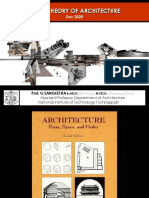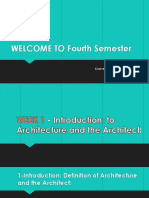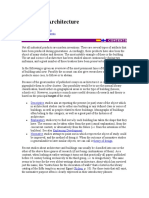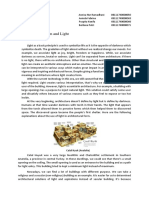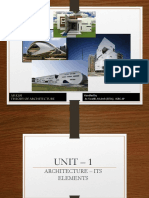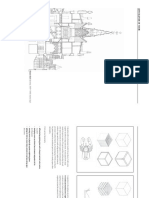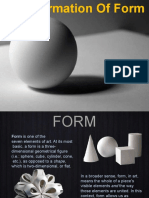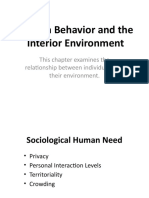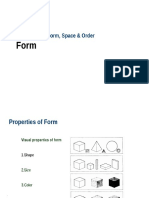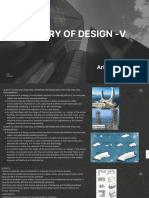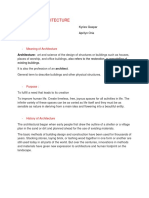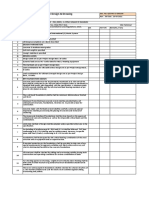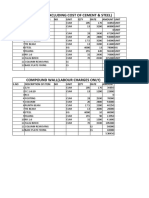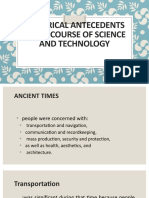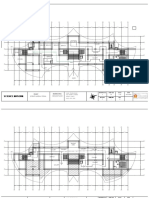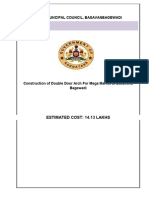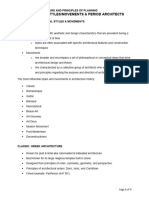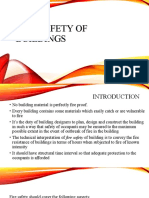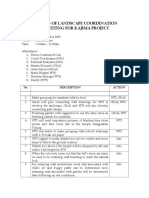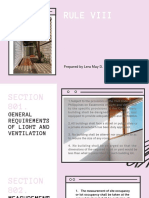100% found this document useful (1 vote)
641 views59 pagesIntroduction to Architecture Basics
Architecture is the art and science of designing and constructing buildings. It involves imaginatively blending artistic and scientific considerations to design environments for people. The four basic elements of architecture are points, lines, planes, and volumes. Points mark positions, lines connect points and define edges, planes are two-dimensional surfaces, and volumes are three-dimensional forms defined by planes.
Uploaded by
cc g bwoyCopyright
© © All Rights Reserved
We take content rights seriously. If you suspect this is your content, claim it here.
Available Formats
Download as PDF, TXT or read online on Scribd
100% found this document useful (1 vote)
641 views59 pagesIntroduction to Architecture Basics
Architecture is the art and science of designing and constructing buildings. It involves imaginatively blending artistic and scientific considerations to design environments for people. The four basic elements of architecture are points, lines, planes, and volumes. Points mark positions, lines connect points and define edges, planes are two-dimensional surfaces, and volumes are three-dimensional forms defined by planes.
Uploaded by
cc g bwoyCopyright
© © All Rights Reserved
We take content rights seriously. If you suspect this is your content, claim it here.
Available Formats
Download as PDF, TXT or read online on Scribd
/ 59


